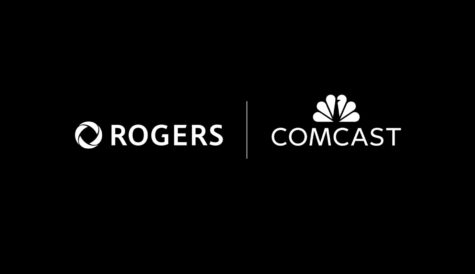Q&A: Matt Smith, Anvato
In the run-up to NAB, Matt Smith, chief evangelist at Anvato, talks to DTVE about monetising OTT video, the threats presented by ad-blocking and the challenges in delivering large-scale live events over the web.
 What are the most important challenges facing those looking to make money from OTT video currently and which models – SVoD, advertising-supported video, transactional services etc. – offer the greatest promise?
What are the most important challenges facing those looking to make money from OTT video currently and which models – SVoD, advertising-supported video, transactional services etc. – offer the greatest promise?
There are two important challenges today for those seeking to make money from OTT video, and they go hand in hand: workflow and monetisation. Workflow is important because disjointed components from multiple vendors don’t always work together and function as efficiently as a purpose-built media workflow platform, where video, audio, metadata and business logic all work together in an optimized way. Furthermore, this integrated workflow enables turnkey monetisation by leveraging in-band video markers to fully monetize both live and on-demand content. We strongly believe in building workflows that are profit centers and not costly to our customers. The state of technology and services in the space now is such that it has never been easier for rights holders, providers and programmers to offer OTT services today, where SVOD and ad-supported video appear to be the early leaders in monetisation.
How big a threat is ad-blocking to the economic case for delivering both live and on-demand video over the internet?
The threat is absolutely relevant and real for those who use client-side requests for content and ads. At Anvato, we manipulate all content (ads, programming, etc.) exclusively in the cloud, at the server side (server-side ad insertion or SSAI) for all clients. The content we create has never been interrupted by an ad blocker and our customers have been monetizing their content for the past few years. The real issue with ad blockers is when client-side requests are made for ads (CSAI) where an ad blocker can “see” that request and interrupt the stream, and in turn, the viewing experience. Given that Anvato’s output all look like one contiguous stream of content to the player (because the ads are stitched in), the blockers have nothing to see, and hence nothing to attempt to block. Further, when our platform has processed a live event, that content is instantly available for VOD consumption, and the ad breaks are fully monetizable, given that the ad pods were marked when the live event was in progress.
What is the best way to combat ad-blocking and what steps should industry stakeholders take to deliver value to advertisers?
The absolute best way to combat ad blocking is to completely eliminate any dependency on client-side ad insertion (CSAI). There are still many iterations of this approach in players all over the world. This is the primary driver for interrupted video experiences, where ad blockers see a request for an ad and stop not only the ad receipt and delivery, but also the continuation of the viewing experience. The antidote to this is to use a completely server-side approach to ad delivery (SSAI). This approach enables the stream to appear to the player (and ad blocking plugin) as one contiguous stream, without delineation between content and ad units. In the future, it wouldn’t be out of order to think that ad blocking plugins will attempt to view “discontinuity” tags in HLS manifests where the content and ad are separated, but with some level of encryption, this won’t be an issue either.
What are the challenges in delivering coverage of large-scale live events over the web and how can these be overcome?
Live scale events are tricky, because you must plan for a massive audience spike without any corresponding data that might indicate how large your load is. And, live events happen only once and you don’t get a second chance…so smart live event planning involves backups, failover and redundancy. Always plan for the unexpected and think about how you can protect yourself (and your event) from unforeseen outages, accidents and forces of nature. That means originating your event from multiple datacenters, where both facilities are essentially doing the same thing. This way, if one were to go down or if signal were to be lost, the event would go on interrupted. Further, use more than one content delivery network (CDN) using the same thought process. In case one of them were to have an outage or issues, your event would not. Lastly, lock in you planning, rehearsals and adjustments days before the event and don’t let anything change in the 24 hours prior to your event. Too many have failed because of last minute changes.
What technologies are in the pipeline that can enable live events to streamed more easily and efficiently and what impact are these likely to have on the market for live OTT content?
While not ‘technology’ exactly, the move in the industry to more concatenated, connected, cohesive workflows that control every aspect of the video experience are trendy. As OTT video preparation and delivery becomes more complex and becomes “better than broadcast”, the hardware and software solutions that make up these workflows must be more powerful and efficient. From video capture and digitization to cloud based editing, syndication of those assets, CMS, blackouts and ad insertion and more – the requirements for today’s OTT offerings are such that these powerful, connected workflows are needed to deliver on the promise of what monetizable OTT must be.
Anvato will exhibit at NAB, Booth SU9506CM.
For more information, visit www.anvato.com.




